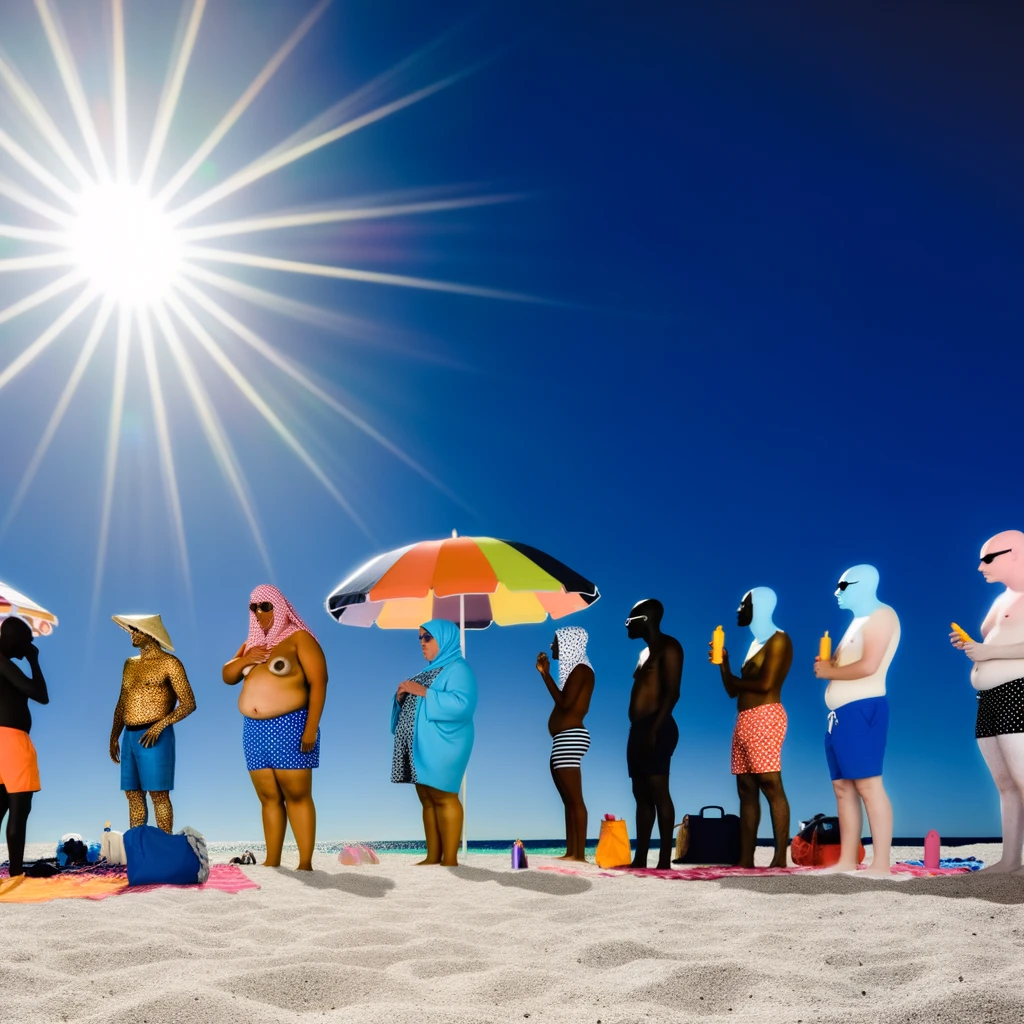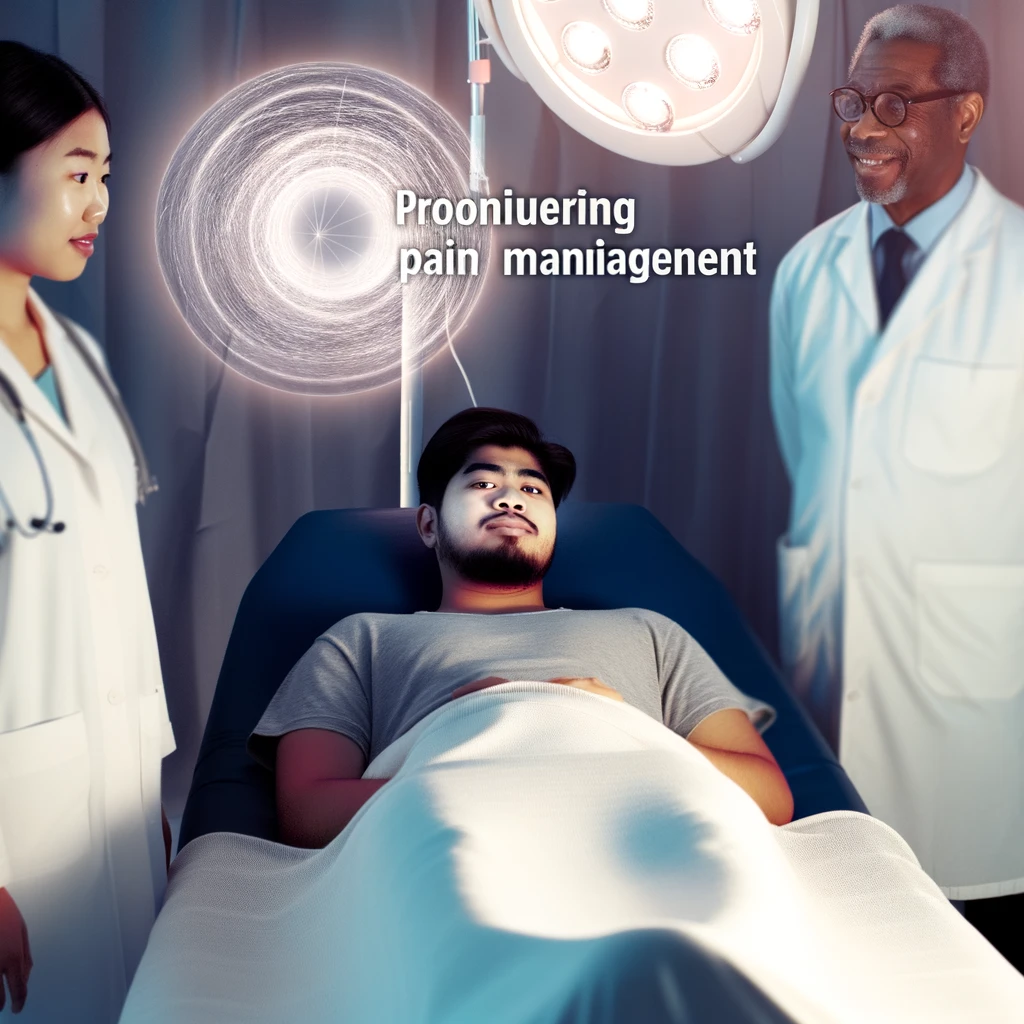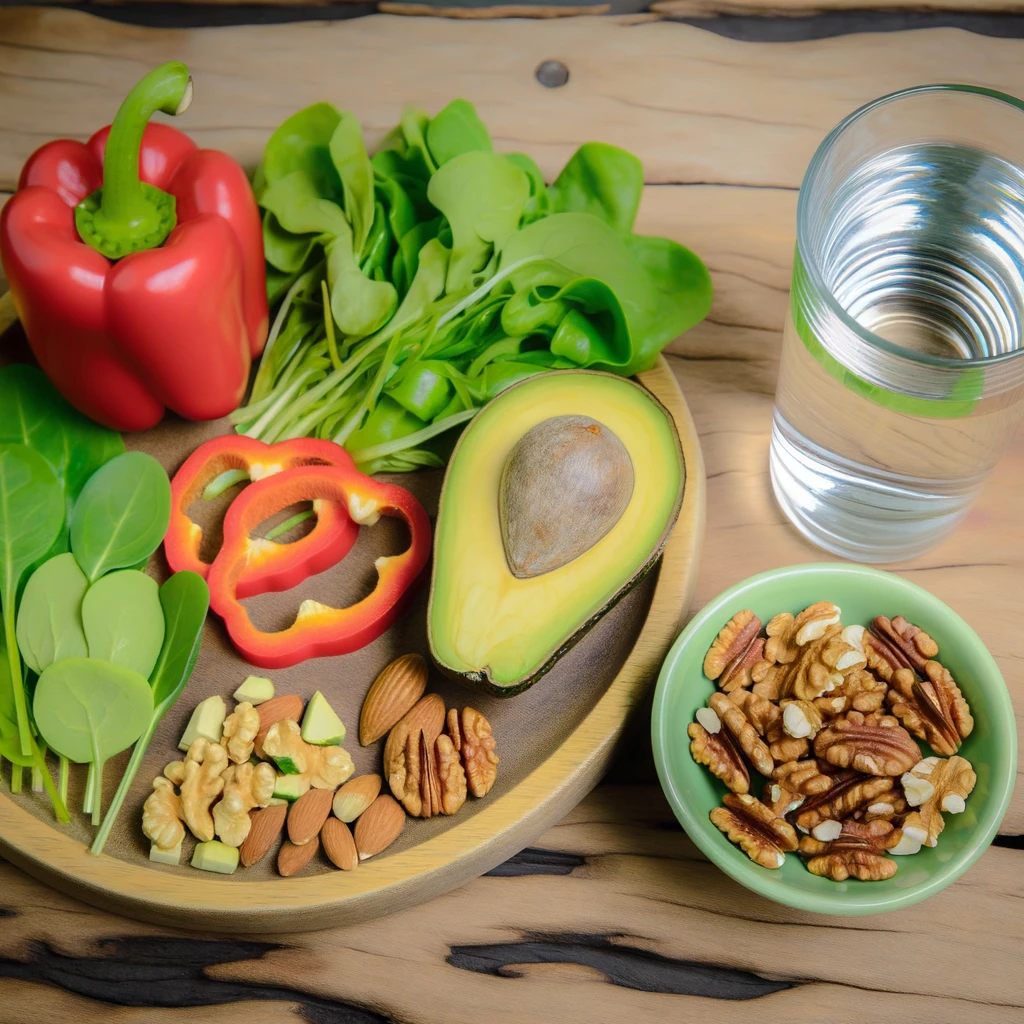
Sun Safety: Protecting Yourself from UV Radiation
With the increasing awareness of the harmful effects of sun exposure, understanding sun safety and how to protect yourself from UV radiation has never been more crucial. Whether you're a sun-loving beachgoer or someone who spends limited time outdoors, taking the necessary precautions can help prevent skin damage, premature aging, and reduce the risk of skin cancer.
Understanding UV Radiation
Ultraviolet (UV) radiation is a form of electromagnetic radiation that comes from the sun and artificial sources like tanning beds. It is divided into three types: UVA, UVB, and UVC. While UVC rays are absorbed by the Earth's atmosphere, UVA and UVB rays penetrate the skin and are responsible for various health issues.
Types of UV Radiation
- UVA Rays: These rays account for up to 95% of the UV radiation reaching the Earth's surface. They penetrate deep into the skin layers and are primarily responsible for long-term skin damage, such as wrinkles and aging.
- UVB Rays: UVB rays are less prevalent but more potent in causing sunburn. They affect the skin's surface and play a key role in developing skin cancer.
The Importance of Sun Protection
Proper sun protection is vital to minimize skin damage and health risks. Ultraviolet exposure is the most preventable risk factor for skin cancer. By implementing sun safety practices, you can significantly reduce your exposure to harmful UV rays.
Sun Safety Tips
- Use Sunscreen: Apply broad-spectrum sunscreen with at least SPF 30. Reapply every two hours, or more often if swimming or sweating.
- Wear Protective Clothing: Opt for long-sleeved shirts, pants, and wide-brimmed hats. UV-blocking sunglasses can protect your eyes and reduce the risk of cataracts.
- Seek Shade: Limit your sun exposure, especially between 10 a.m. and 4 p.m. when the sun's rays are strongest.
- Be Cautious on Cloudy Days: Up to 80% of UV rays can penetrate clouds, so protection is necessary even when it's overcast.
- Be Mindful of Surfaces: Water, sand, and snow can reflect UV rays, increasing your exposure. Take extra precautions in these environments.
Understanding Sunscreen Labels
Sunscreen is a critical component of sun safety, but understanding its labels can be challenging. Look for the term "broad-spectrum" to ensure protection against both UVA and UVB rays. The Sun Protection Factor (SPF) indicates the level of protection against UVB rays. An SPF 30 sunscreen blocks about 97% of UVB rays, significantly lowering your risk of sunburn.
Sun Safety for Various Skin Types
Different skin types react differently to sun exposure. Fair-skinned individuals may burn more easily and require higher SPF levels, while darker skin, which has more melanin, provides some natural protection but is still susceptible to damage. Regardless of skin type, everyone should practice sun safety to prevent skin cancer and other UV-related health issues.
Conclusion
Sun safety is an essential aspect of maintaining healthy skin and preventing serious health issues. By understanding UV radiation, implementing protective measures, and being conscious of sun exposure, you can enjoy outdoor activities while safeguarding your skin. Educate yourself and others about the importance of sun protection and lead a healthy, sun-safe lifestyle.
Related Articles





